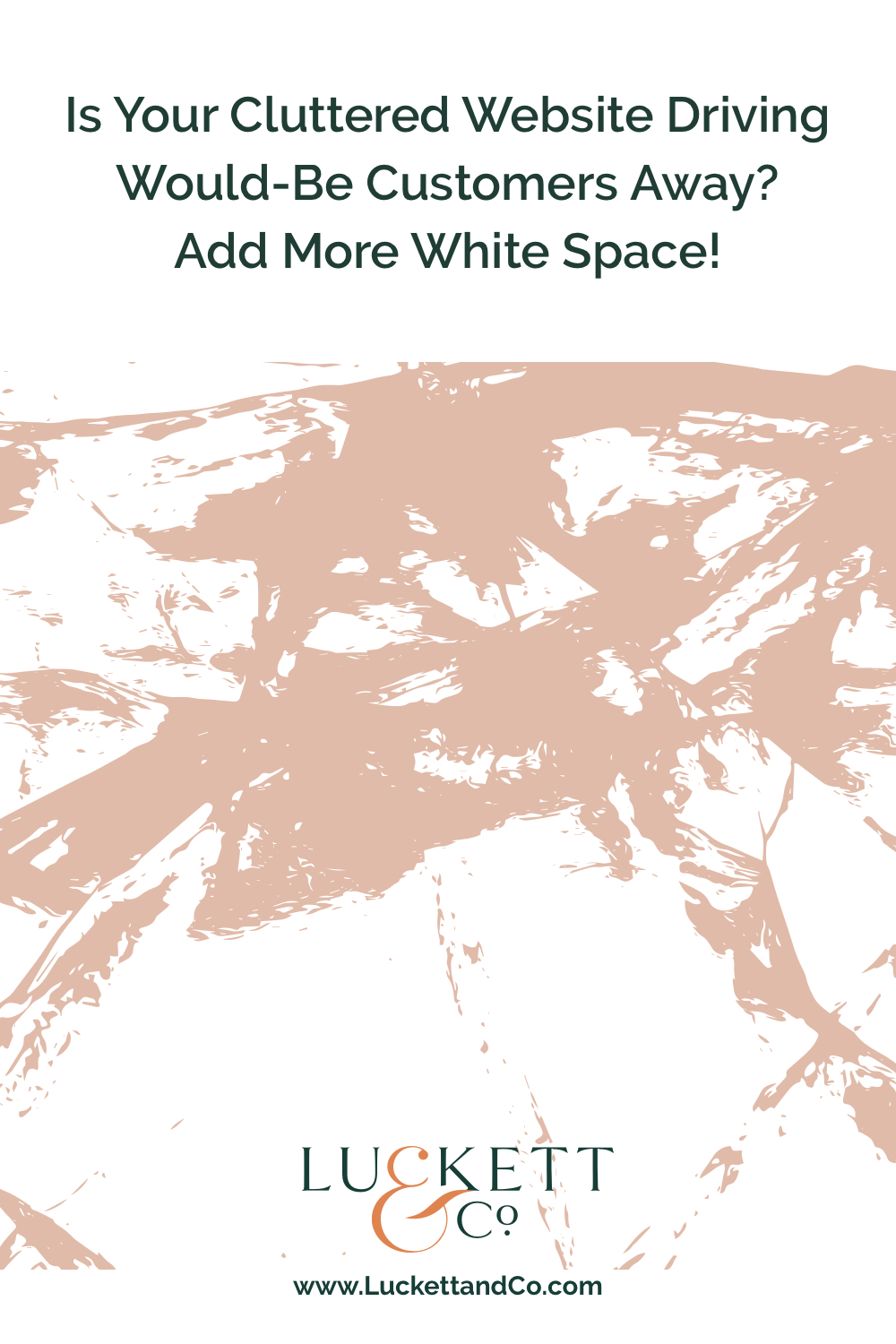
If your website is cluttered and crammed full of content, it’s time to take a step back and consider the importance of white space in web design. White space, also known as negative space, is the empty area between elements on a page. It’s an important design element that helps to create visual balance, focus attention on specific content, and overall improve the user experience.
When done correctly, white space can make a big impact on your website. It can help to make your content more readable and easier to digest, which is especially important in today’s age of short attention spans. White space can also give your website a more modern and sleek look, helping it to stand out from the competition.
However, white space is often underutilized or even ignored altogether. This is a mistake that could cost you, visitors, and customers. When used properly, white space can be a powerful tool that helps your website stand out and be more successful.
And, did you know? White space doesn’t have to mean white-it can be any color. So, don’t be afraid to experiment with different colors and see what works best for your website. If you’re clueless when it comes to color then check out my article on color psychology to help you choose the best hue for your brand. *link to the previous blog*
How to Use White Space in Web Design
Now that we know why white space is so important, let’s take a look at how we can put it to use in our own web designs.
Margins and Gutters
One way to do this is by using margins and gutters—the spaces between the edges of the page and the actual content—to create visual interest and balance.
Think about it like this: if everything on your page is crammed together, it’s going to look busy and overwhelming. But, if you use margins and gutters to create some breathing room, it will help to make your content more readable and give your page a cleaner look.
Make Images Stand Out to Create Visual Interest
You can also use white space by strategically placing images and other elements on the page. By leaving some negative space around these elements, you can draw the visitors’ eye wherever you want them to go as well as create a sense of harmony and balance on the page.
This can be especially effective when used in combination with other design elements, like color. For example, you could use a white background with brightly colored images to really make them pop and grab attention.
Use Headings and Subheadings to Create Structure
Another way to take advantage of white space is by using headlines and subheadings to create structure on your page. By restructuring your content into smaller chunks and using headlines to highlight the most important information, you can make your page more user-friendly and easy to navigate.
This is especially important if you have a lot of content. Breaking it up into smaller sections will help to prevent visitors from feeling overwhelmed and discouraged from reading further. This translates to a lower bounce rate and, likely, higher conversions.
Highlighting Specific Content
Another way to make use of white space is by using it to highlight specific pieces of content. For example, if you have an important announcement or call-to-action, you can use white space to draw attention to it and ensure that visitors see it.
You can do this by increasing the margin around the element or adding a background color that contrasts with the rest of the page. By making this content stand out, you can increase its chances of being seen and acted upon.
As you can see, white space is a powerful tool that should not be ignored. When used correctly, it can help to improve the visual interest, readability, and overall user-friendliness of a website. So, don’t be afraid to experiment with different ways to use white space in your web designs. Your website—and your visitors—will thank you for it!
If all this talk about leveraging white space has you drawing a blank, it may be time to invest in a web developer. To learn more about Luckett & Co web development and design services, contact us today. We’d be happy to chat with you about your next project!



